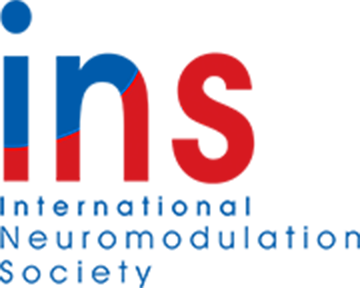 |
Deep Brain Stimulation in AddictionTable Summarizing Clinical Research StudiesPlease note: This information should not be used as a substitute for medical treatment and advice. Always consult a medical professional about any health-related questions or concerns.
|
| Last Updated on Thursday, July 07, 2022 03:35 PM |
